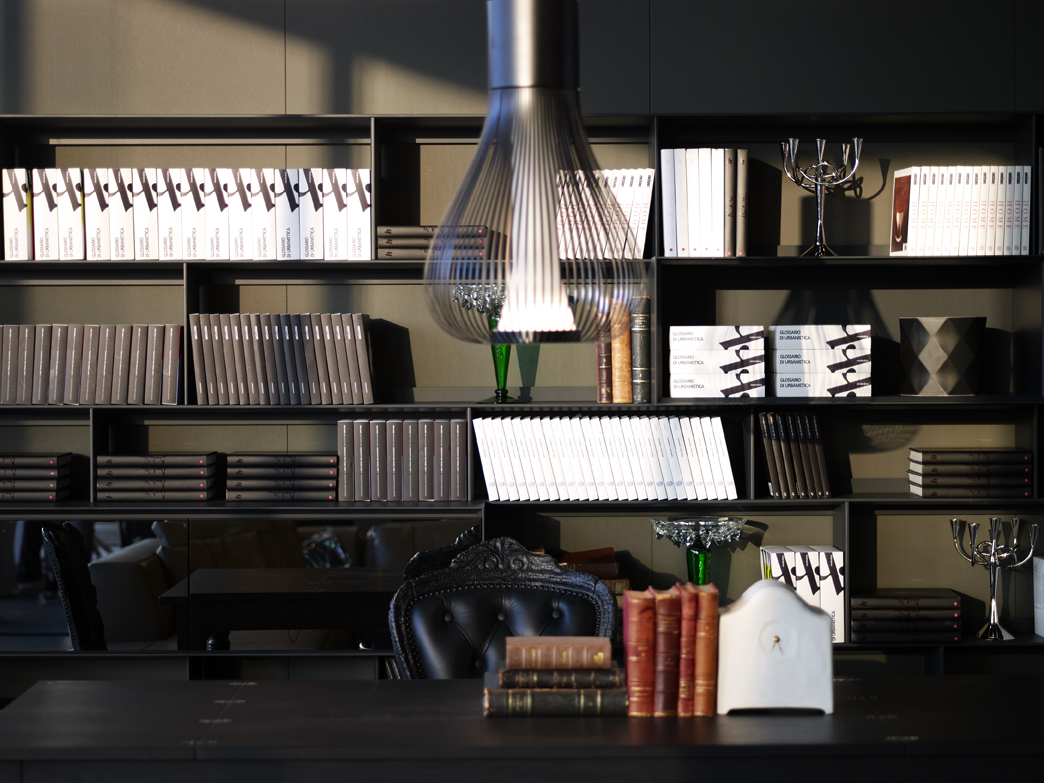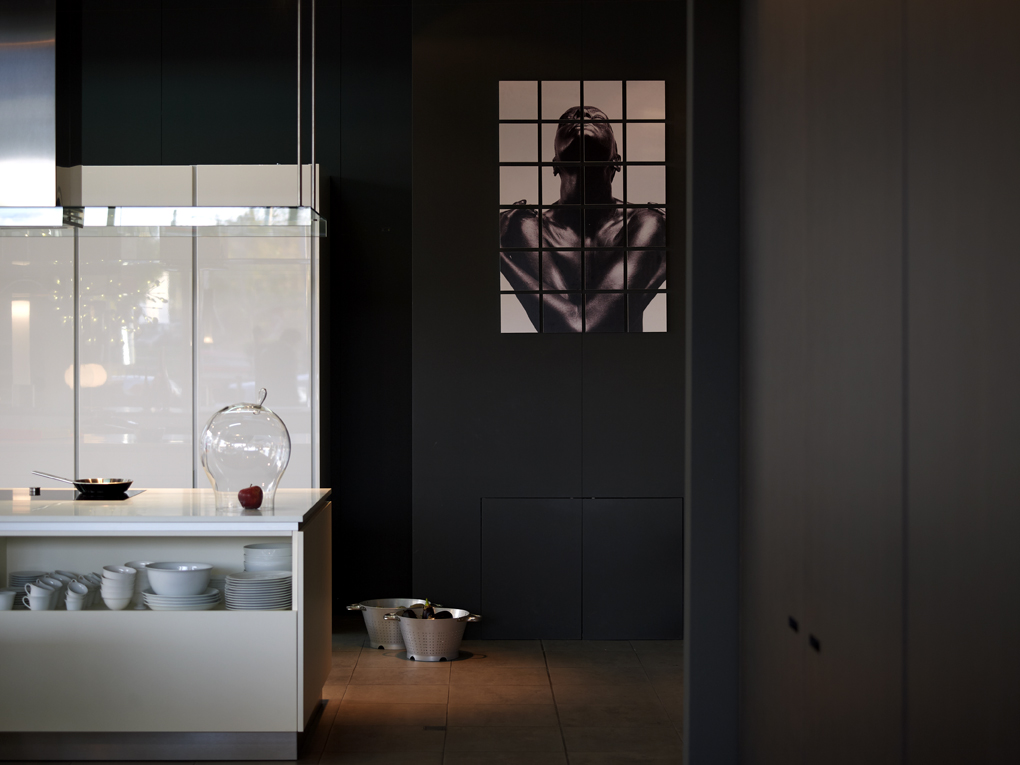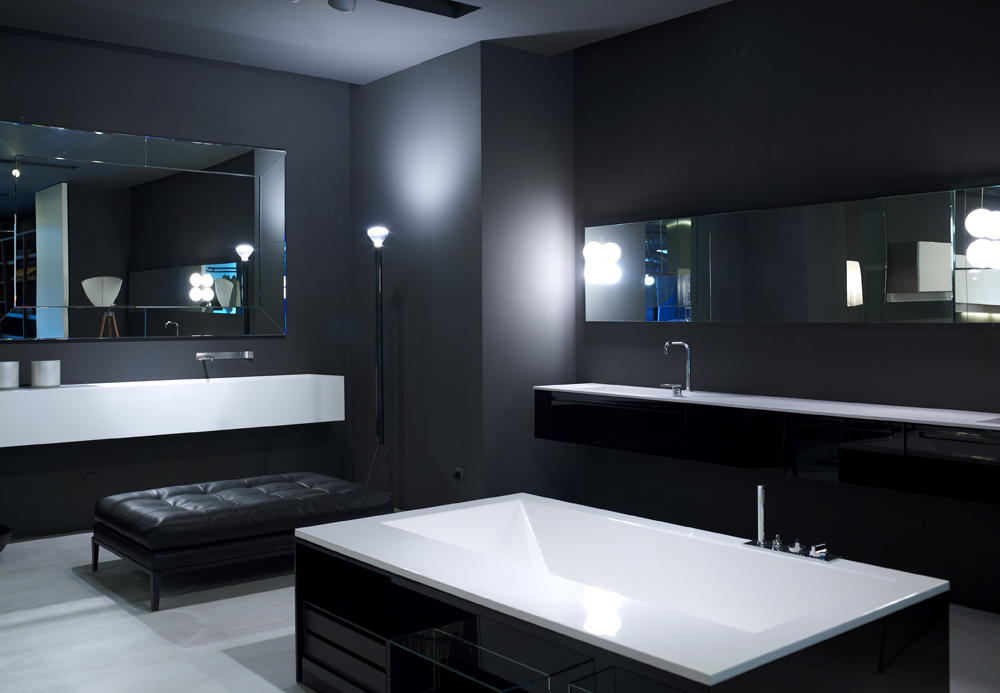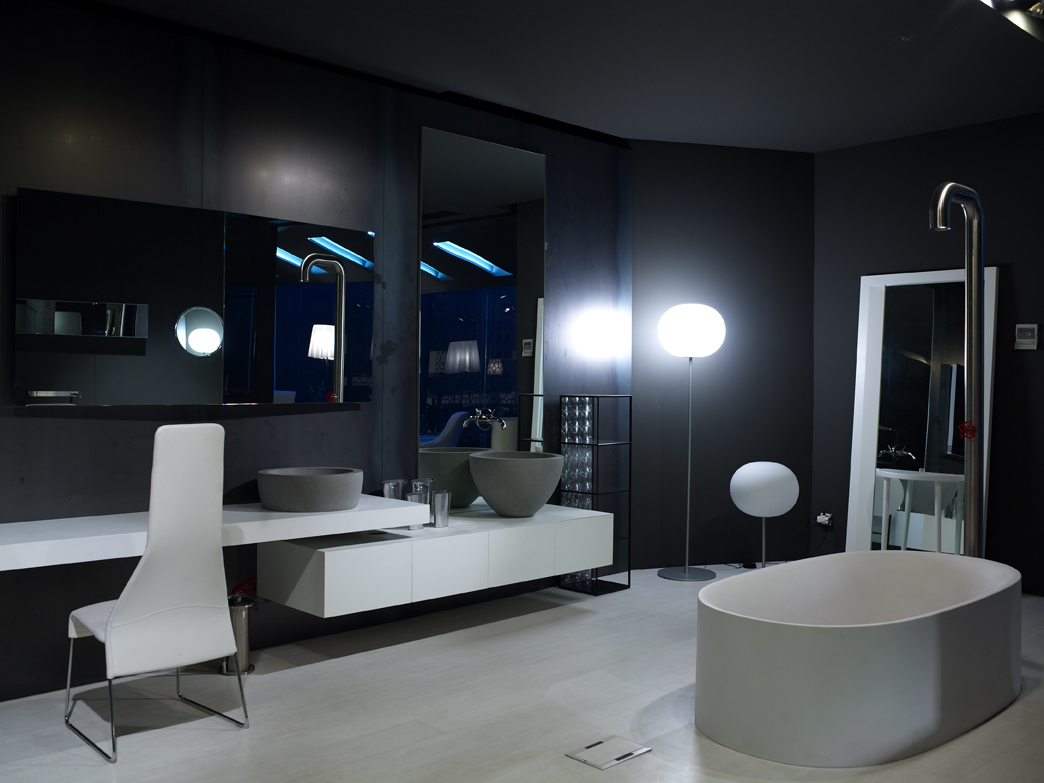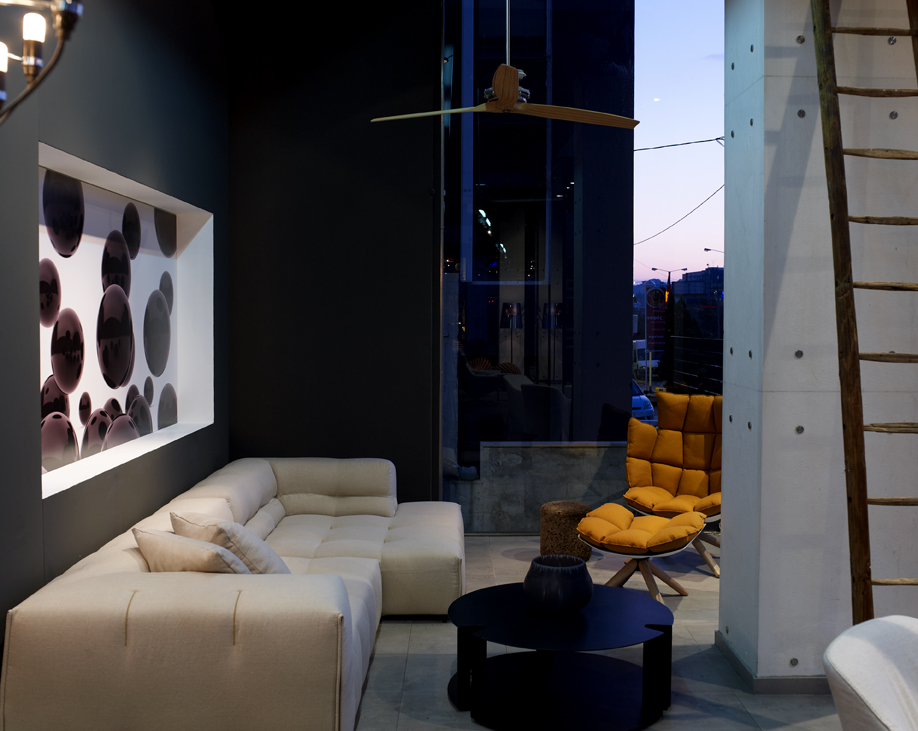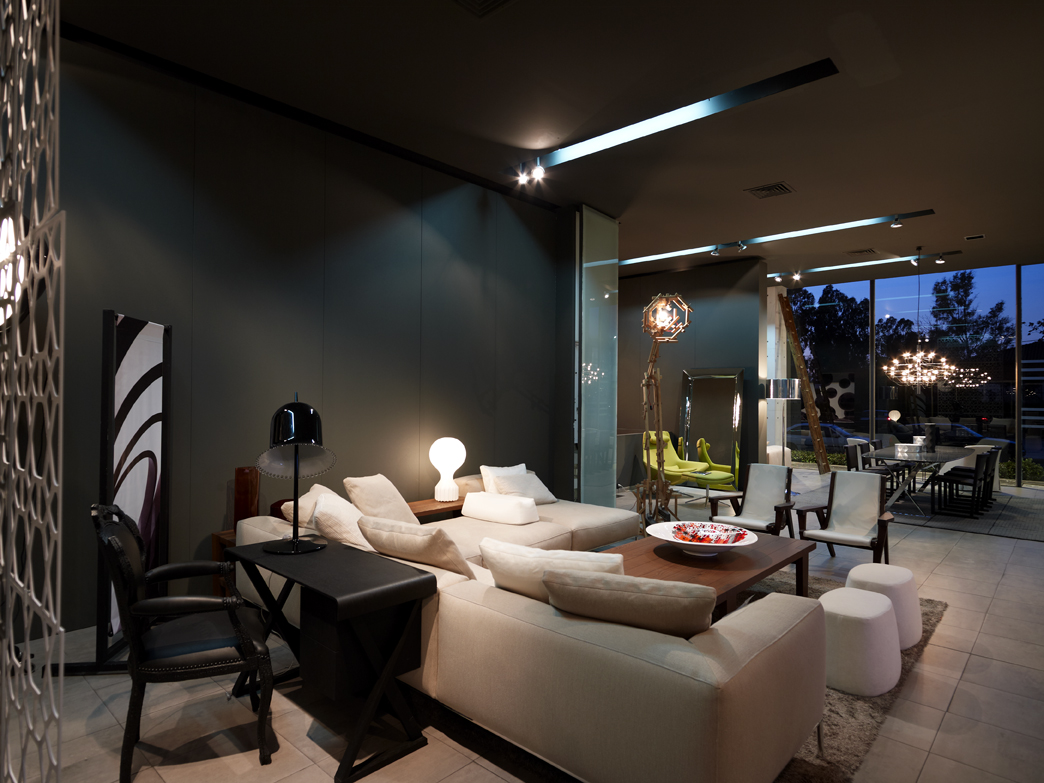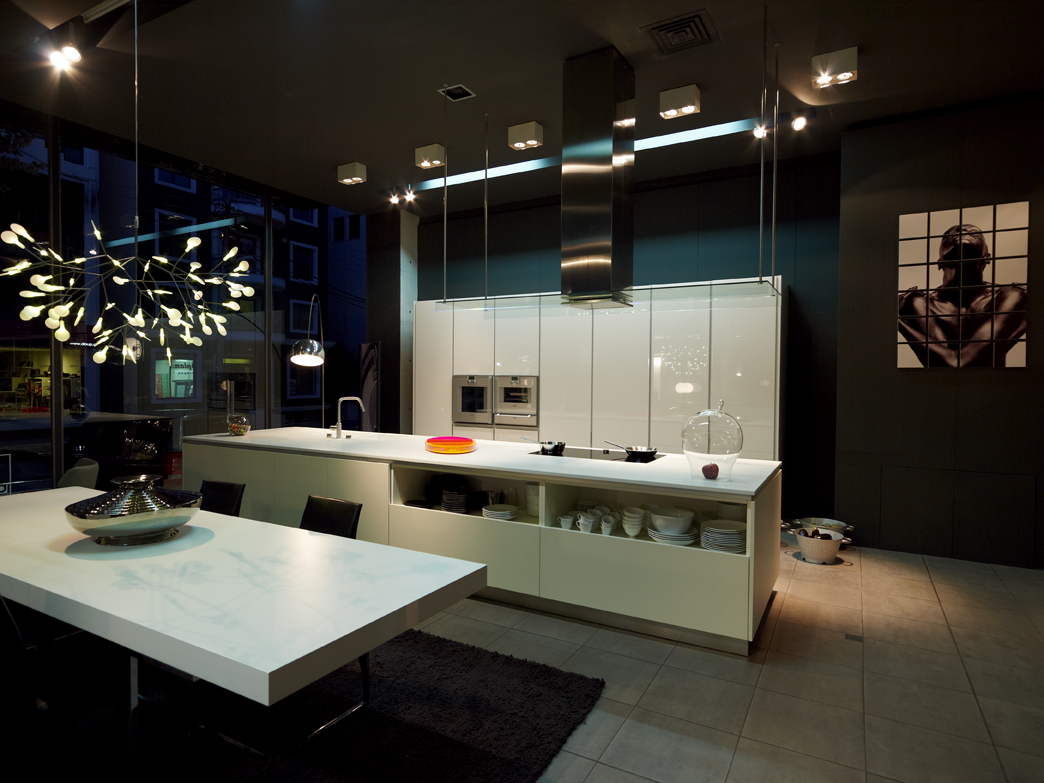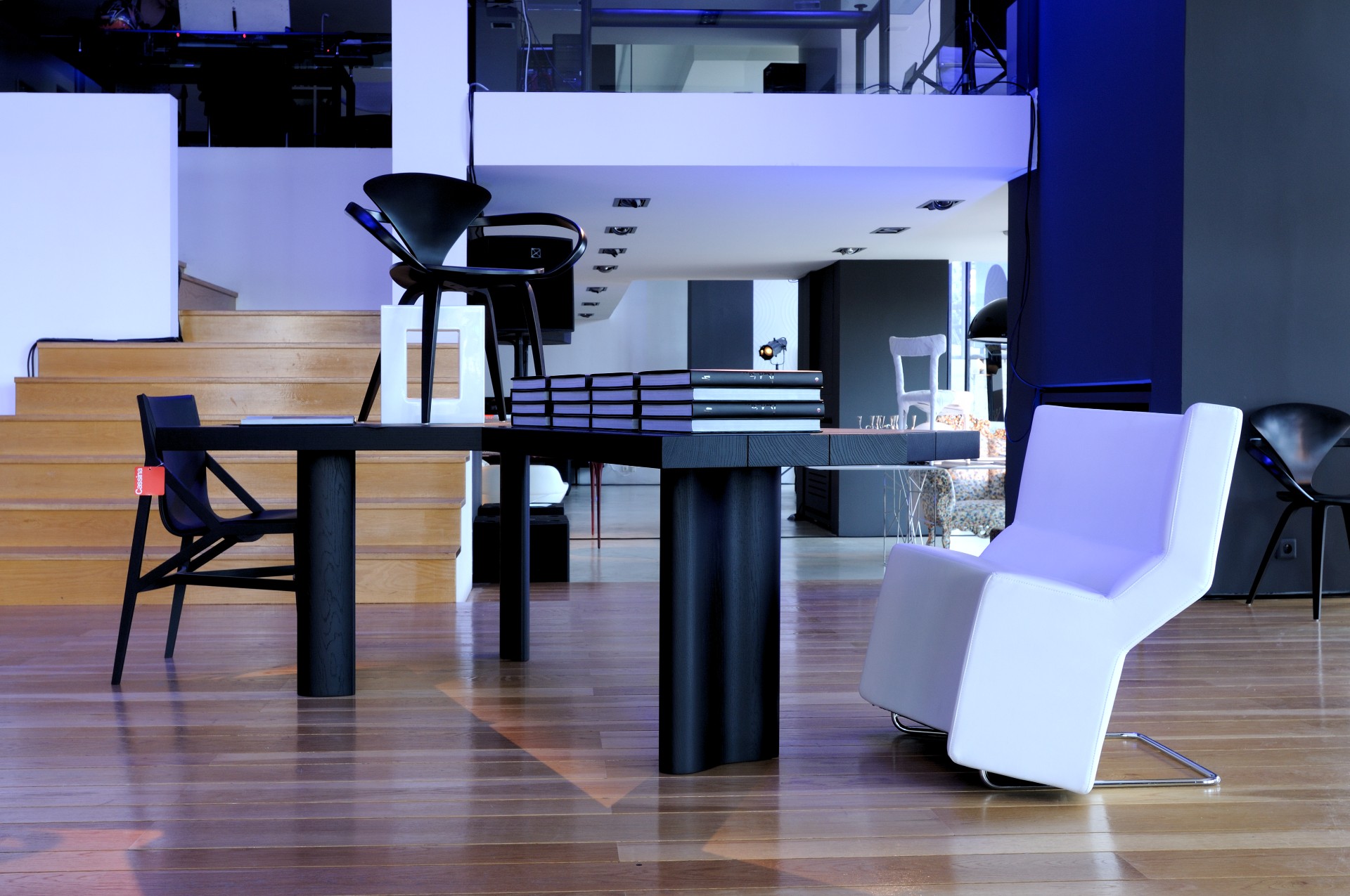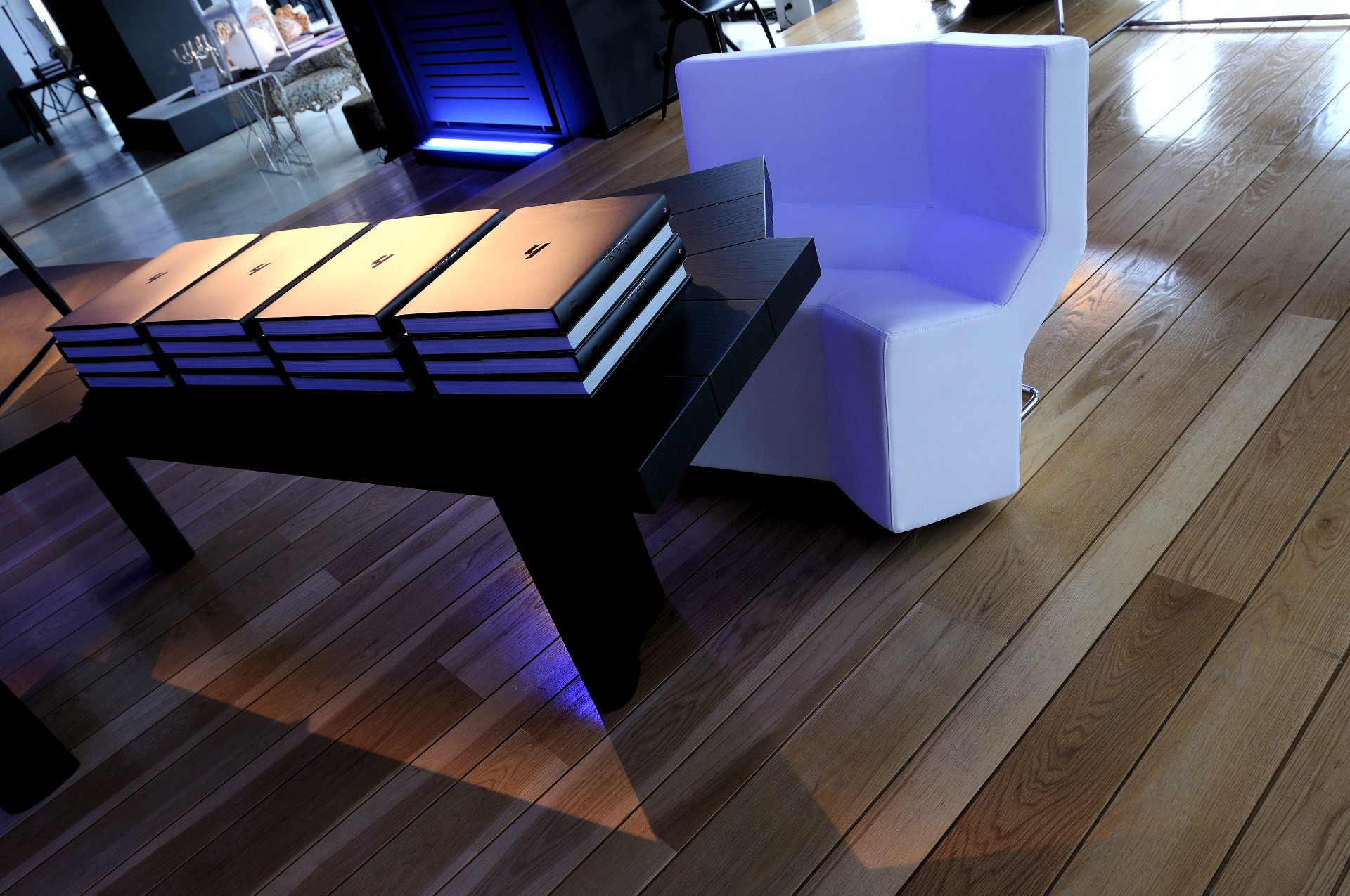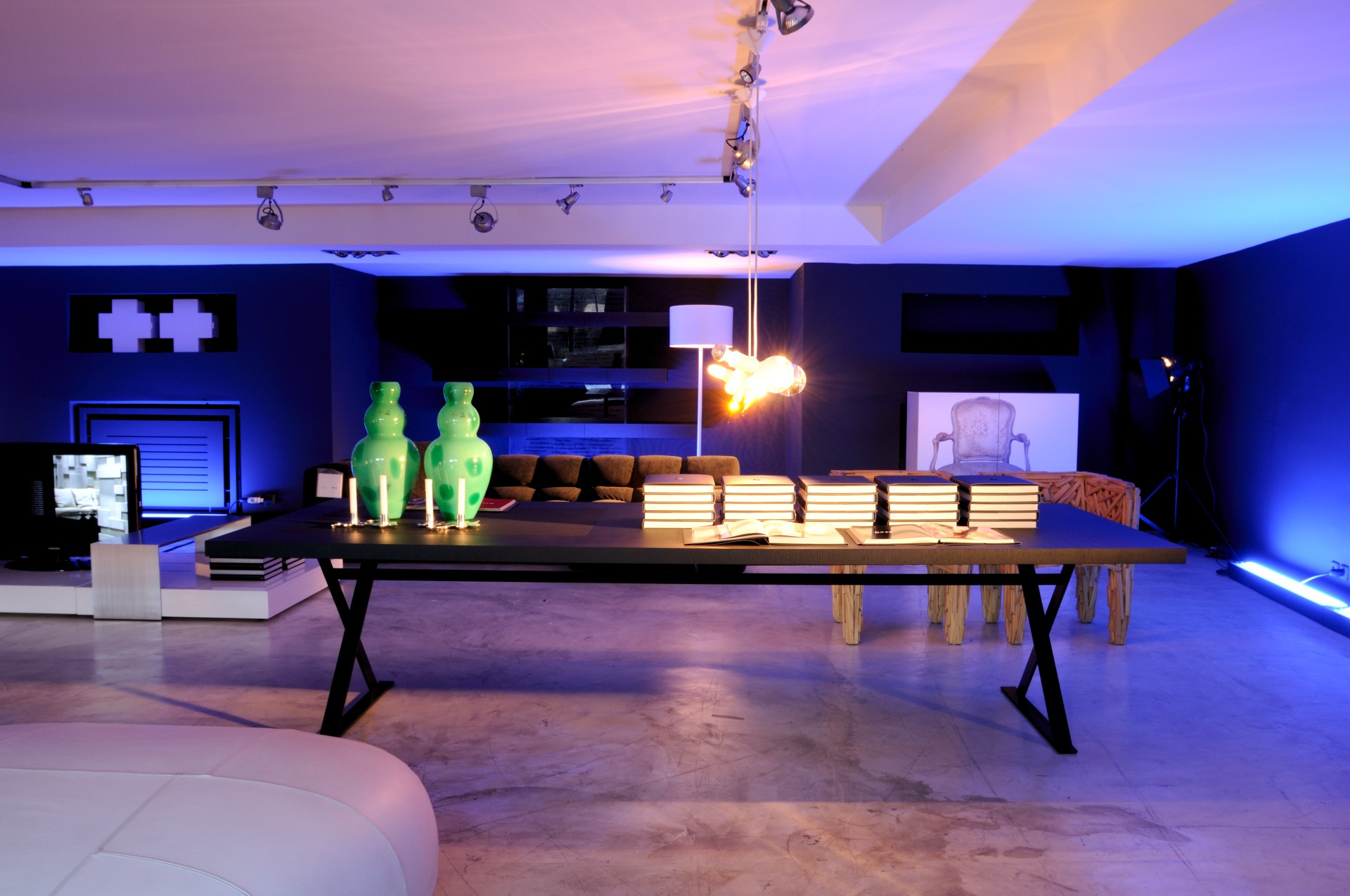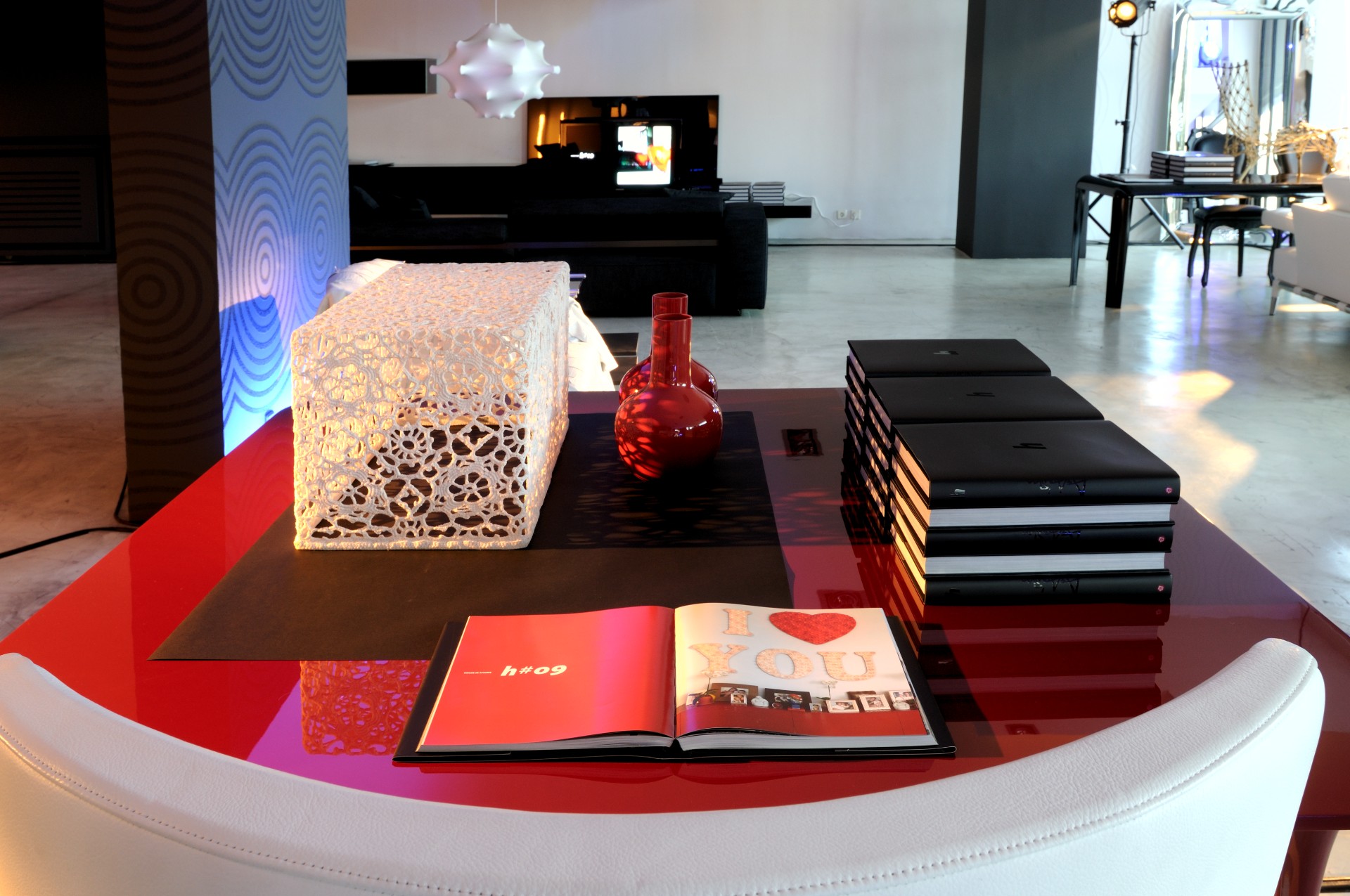John Deloudis was born in Athens. He studied interior Design at Doxiades School and also Scenography at the School of Fine Arts in Athens. In 1969, he opens his own studio of design. After his visits in Milan and his specific interest focused in the work of Le Corbusier, Makintoch and Retvield, he make his first contact with Cassina.
He made his entry in the furniture business in the beginning of the 70’s. With his first showroom in Kolonaki he started creating interiors of high aesthetic value, with furniture & objects of high quality and original design.
Today the eight showrooms in Athens, Thessaloniki and Iraklio, give the opportunity to the Greek public to come in contact with quality items of a great variety as to kind and price. J.DELOUDIS S.A. has equipped and furnished many remarkable Greek houses. During the last years the company has also entered dynamically the field of furnishing private and public office buildings.
The materials of the company’s products are of perfect quality. The trend of the new millenium is to present more ecological items, always with flawless detailed finish. The furniture for house, office, and kitchen are characterized by functionality combined with art. The result is simplicity, practicality, with a contemporary but at the same time classic aesthetic quality.
J.DELOUDIS represents exclusively in Greece, some of the most renounced houses of Italy, like B&B, CASSINA,CAPPELLINI, SAWAYA & MORONI, STRATO, DRIADE, GIORGETTI,FLEXFORM, ACCERBIS,EDRA,ARCLINEA, TECNO and more.
Interview
What does design mean for you? What is design in your life?
“Beauty is a form of genius, to be exact, it is superior to genius as it needs no explanation” writes Oscar Wilde. This is exactly what I feel about design. I have always believed that our purpose is to make this beauty known and to admire it together with the world around us. To make it an inseparable part of our lives, simply, ‘a way of life.’
Please describe the changes in design over the last 20 years.
In order for design to come to the general public, it must be manufactured by a leading foreign house. Many times, incredible and unique pieces are no longer produced owing to the high cost, these we can only admire in a museum such as MOMA. Realistically, the designers and the manufacturing companies have, in recent years, presented pieces with simpler lines which are easier to produce.
Which designers/architects have influenced you the most?
I have not been influenced by anyone. I have simply admired people like Le Corbusier, Mario Bellini, Vico Magistretti and Afra and Tobias Scarpa.
What item have you envied because of its design?
The Magistretti sofa and the Bambola series of Bellini.
Do you believe that design assists in the creation of a ‘better’ world?
That has been proven. Not only does it assist but it enhances, especially in terms of global aesthetics.
Should design be more inexpensive or does it deserve to be paid for at a high price?
When a designer gives his design for production, under no circumstances should the company interfere in the original design specifications. Occasionally we have to deal with imitations, which may be more economical, but certainly have shortcomings when compared with the original.
What led you to become involved in design?
What was a turning point in my life and its subsequent course was the Le Corbusier series.
If you were not working in the design industry, what other profession would you have chosen?
I cannot imagine myself doing anything else.
Do you consider that the design industry will change in the next years due to the economic crisis?
Design begins from countries with especially strong economies. I believe that companies in collaboration with designers will make every effort to produce models at a lower cost therefore making them affordable to the public.
















